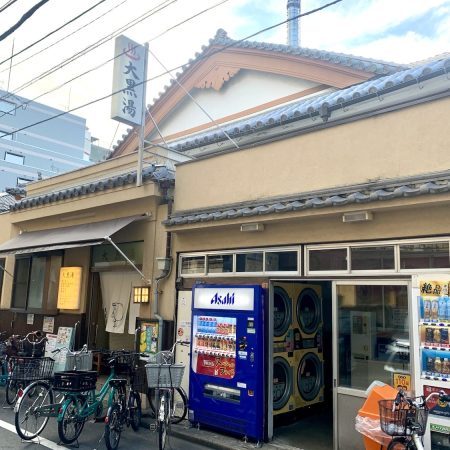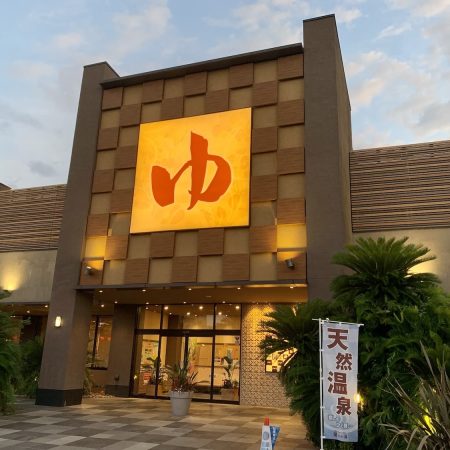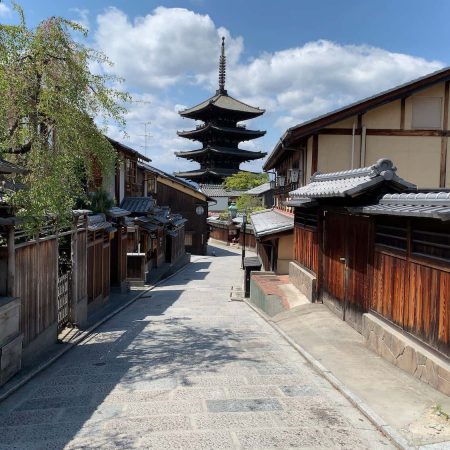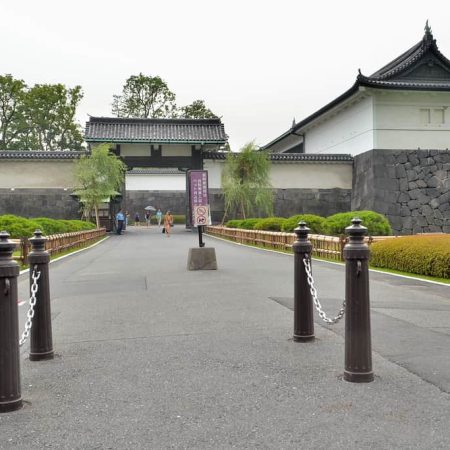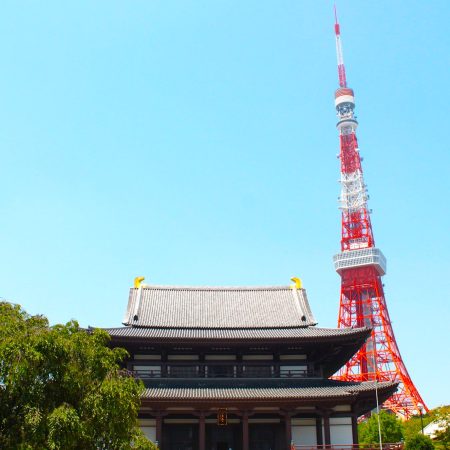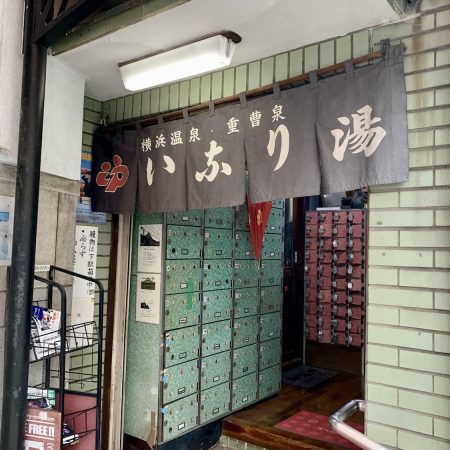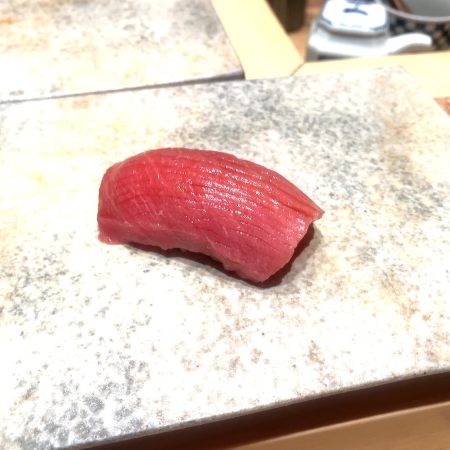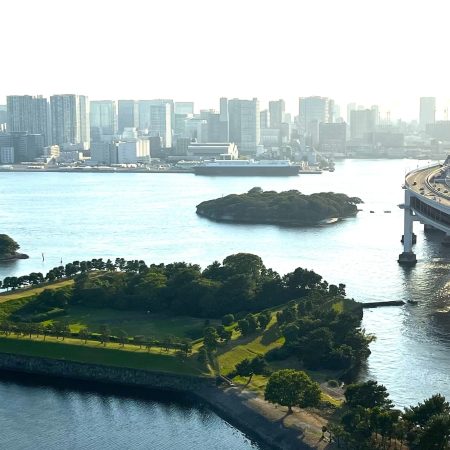Nestled within Tokyo’s Minato ward, Roppongi emerges as a vibrant fusion of urban dynamism and a distinguished business epicenter. At its heart lies a magnetic charm, where towering structures like Roppongi Hills and Tokyo Midtown converge to create a tapestry of amenities ranging from sleek offices to chic retail outlets, inviting dining spots, and luxurious hotels.
But Roppongi is more than just a concrete jungle; it’s a cultural oasis. This district doesn’t just boast towering skyscrapers; it also houses an array of art museums that add an enriching layer to its already captivating allure. In this metropolis within a metropolis, you’re not just navigating through the hustle and bustle of daily life; you’re embarking on a journey through a haven where culture and the arts seamlessly intertwine. Roppongi isn’t just a destination; it’s an experience that stimulates the senses and nourishes the soul.
Roppongi Hills (六本木ヒルズ)
Roppongi Hills in Tokyo, spanning 11 hectares, epitomizes modernity and innovation in urban development. Designed by Minoru Mori, it features skyscrapers, residential buildings, the Grand Hyatt Tokyo hotel, TV Asahi headquarters, and TOHO Cinemas. The Mori Tower’s observation deck offers a panoramic view of Tokyo’s landmarks. Beyond structures, Roppongi Hills is a cultural hub with the Mori Art Museum and Tokyo City View, hosting events like Roppongi Art Night. The complex prioritizes accessibility, linking to various transportation options and underground passages, reflecting contemporary Japanese society and promoting cultural exchange.
Mohri Garden (毛利庭園)
The Mohri Garden in Roppongi Hills, Tokyo, is a serene Edo-style stroll garden surrounded by skyscrapers. It transforms into a captivating display of illumination in winter, attracting visitors. Spanning 4,300 square meters, the garden offers an escape from the city’s noise, featuring a waterfall, stream, and river, with seasonal highlights like cherry blossoms and ginkgoes. Notably, it gains nationwide attention due to its proximity to Television Asahi and is often featured in news broadcasts.
Tokyo City View (六本木ヒルズ展望台東京シティビュー)
Tokyo City View, located in Roppongi Hills Mori Tower, offers a unique experience with its open-air observatory, Sky Deck, and indoor Sky Gallery. Providing panoramic views of Tokyo, including landmarks like Tokyo Tower and TOKYO SKYTREE, it combines art and culture seamlessly with the Mori Art Museum. The site hosts special events and exhibits, such as “Heatherwick Studio: Building Soulfulness.” Reflecting Tokyo’s modernization and globalization, Tokyo City View is a cultural hub promoting astronomy and science education. Easily accessible from Roppongi Station, it’s a must-visit for those seeking a blend of art, culture, and stunning cityscapes.
The National Art Center, Tokyo (国立新美術館)
The National Art Center, Tokyo (NACT) is a unique museum transcending traditional concepts, providing a dynamic platform for diverse artistic expression. Designed by Kisho Kurokawa, the 14,000 square meter space features 12 galleries with ever-changing exhibitions covering the spectrum of art. NACT promotes cultural diversity in Tokyo, offering free access and convenient locations. The museum utilizes advanced technology, including a smartphone app and digital signage, for an immersive visitor experience. With awards for architectural excellence, NACT stands out as a sought-after art destination in Japan, attracting millions annually.
Suntory Museum of Art (サントリー美術館)
The Suntory Museum of Art in Tokyo Midtown, established in 1961 by Suntory Holdings Limited, offers a unique blend of artistic expressions, natural scenery, and cultural events. With a philosophy of “Art in Life,” the museum showcases over 3,000 pieces, including National Treasures and Important Cultural Properties, spanning various mediums and historical periods. Designed by architect Kengo Kuma, the museum seamlessly combines Japanese tradition and modernity. Visitors can enjoy breathtaking art, a panoramic view of Tokyo, and engage in events like tea ceremonies. The museum also features a tearoom, café, and a dynamic program of cultural activities. Whether an art enthusiast or seeking a cultural experience, the Suntory Museum promises to exceed expectations, inviting visitors to immerse themselves in Japanese aesthetics and craftsmanship.
Midtown Garden (ミッドタウンガーデン)
The Midtown Garden in Akasaka, a 40,000 square meter urban oasis designed by EDAW, seamlessly combines contemporary and traditional Japanese design. Open 24/7 and free to visit, the garden features four zones with diverse plant species and water features. Notable for its seasonal beauty, the garden hosts cherry blossoms in spring, vibrant autumn colors, and winter illumination shows. Beyond aesthetics, it symbolizes Japanese culture, emphasizing the harmony between nature and human life. The garden also supports birdlife and hosts various events, festivals, and activities, making it a dynamic open-air art museum.
Nogi-jinja Shrine (乃木神社)
Explore the Nogi-jinja Shrine in Tokyo’s Akasaka neighborhood to experience the tale of General Nogi Maresuke and his wife Shizuko. Amidst lush gardens and traditional architecture, reflect on their unwavering devotion showcased through the act of “junshi.” Discover the couple’s rare Western-style residence from the Meiji period, housing personal belongings. Don’t miss the monthly flea market and cultural activities for a deeper understanding of the samurai spirit. The shrine embodies loyalty, duty, and sacrifice, offering a serene escape in the heart of bustling Tokyo.



